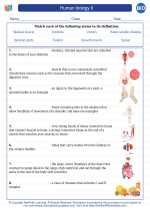Cameras
A camera is a device that records and stores images. It does this by capturing light and converting it into an image, which can then be stored or printed. Cameras have been used for a variety of purposes, including capturing memories, artistic expression, scientific research, and surveillance.
Types of Cameras
There are several types of cameras, each with its own specific features and uses:
- Digital Cameras: These cameras capture and store images digitally, allowing for easy viewing, editing, and sharing.
- SLR Cameras: Single-lens reflex cameras use a mirror and prism system to allow the photographer to see exactly what will be captured through the lens.
- Point-and-Shoot Cameras: These are compact and easy to use, with automatic settings for quick and convenient photography.
- Mirrorless Cameras: These cameras do not have a mirror to reflect the image into the viewfinder, making them lighter and more compact than SLR cameras.
- Instant Cameras: These cameras produce physical, printed photographs immediately after the image is captured.
- DSLR Cameras: Digital single-lens reflex cameras combine the features of digital and SLR cameras, providing high-quality images and interchangeable lenses.
How Cameras Work
Cameras work by capturing light through a lens and focusing it onto a light-sensitive surface, such as film or a digital sensor. The amount of light that enters the camera is controlled by the aperture and shutter speed settings. When the shutter button is pressed, the shutter opens for a specific amount of time, allowing light to reach the film or sensor and create an image. In digital cameras, the captured image is then processed and stored in digital format.
Study Guide
- What is the purpose of a camera?
- Describe the differences between digital, SLR, and point-and-shoot cameras.
- Explain how a camera captures and stores images.
- Discuss the function of aperture and shutter speed in a camera.
- Compare and contrast DSLR and mirrorless cameras.
[Cameras] Related Worksheets and Study Guides:
.◂Biology Worksheets and Study Guides High School. Human biology II
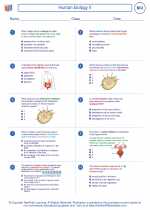
 Worksheet/Answer key
Worksheet/Answer key
 Worksheet/Answer key
Worksheet/Answer key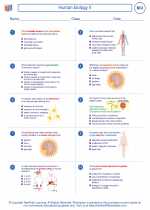
 Vocabulary/Answer key
Vocabulary/Answer key
 Vocabulary/Answer key
Vocabulary/Answer key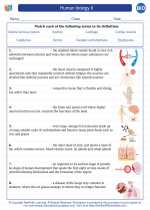
 Vocabulary/Answer key
Vocabulary/Answer key
 Vocabulary/Answer key
Vocabulary/Answer key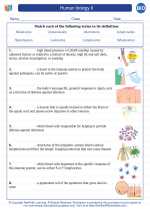
 Vocabulary/Answer key
Vocabulary/Answer key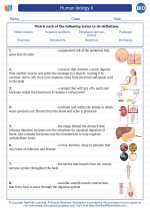
 Vocabulary/Answer key
Vocabulary/Answer key
 Vocabulary/Answer key
Vocabulary/Answer key